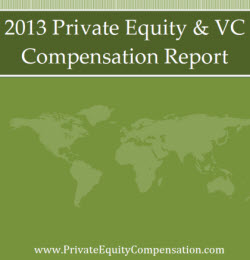As discussed in our other post, Carried Interest, The Basics, carried interest is compensation that a private equity or hedge fund manager receives based on performance. However, the way it is calculated can be confusing. It’s important to understand all the fine print.
Any adjustments made to carried interest calculations are done with the purpose of fine-tuning the incentives for the manager to perform well. Carried interest has something called a “vesting period,” which is just the time frame for the calculations. Carry can be vested from 1 – 6 years, with 3 – 4 years being the average. Investors prefer multi-year vesting periods to keep fund managers focused on long-term profitability.
Most funds have something called a “hurdle rate.” Carried interest is only earned after the hurdle rate is met. For example, if the hurdle rate is 10%, the general partner does not receive any carried interest until the fund earns at least 10%. After that hurdle rate is met, there is a catch-up period, where the limited partners don’t get any additional returns until the general partner is compensated. For example, in the case of the 10% hurdle, suppose the carried interest is 20%. That means the limited partners don’t get any additional profits until a 12% return is reached. The 11-12% profits are the general partner’s deferred carried interest.
Some funds are even more restrictive. These funds have something called a “floor,” which means carried interest is not earned at all until a certain rate is achieved. How is this different from a hurdle? In a hurdle, carried interest is merely deferred. If the manager reaches the hurdle, they are still rewarded for meeting the hurdle rate. With floors, even if the manager reaches the floor rate, nothing has been earned yet. You could think of a floor like starting out at a loss. You have to match the floor rate before you can start collecting carried interest. It’s like running a race, except you start ten seconds after everyone else.
Why do some limited partners demand a floor? Private equity investors are taking additional risk, and they expect to be compensated adequately. They want to earn a higher return than the equivalent benchmark rate, which could be an equity index, bond index, or anything else. So it is only fair that the carried interest should apply to above-average returns. This number could be a fixed one, like a 6% annual return, or it could be relative to a benchmark. Every fund is different.
A private equity teams does not keep the full carried interest. Retired partners get a share. Any other owners in the firm get shares as well.
Even more challenging than hurdle rates and floors are clawback agreements. It means exactly what it sounds like. Limited partners retain the right to “claw back” carried interest if future performance is negative. It’s a way to make sure the captain goes down with the ship in an unfortunate situation. Clawbacks can involve escrow accounts, and they can get messy if carry recipients have left the firm.

